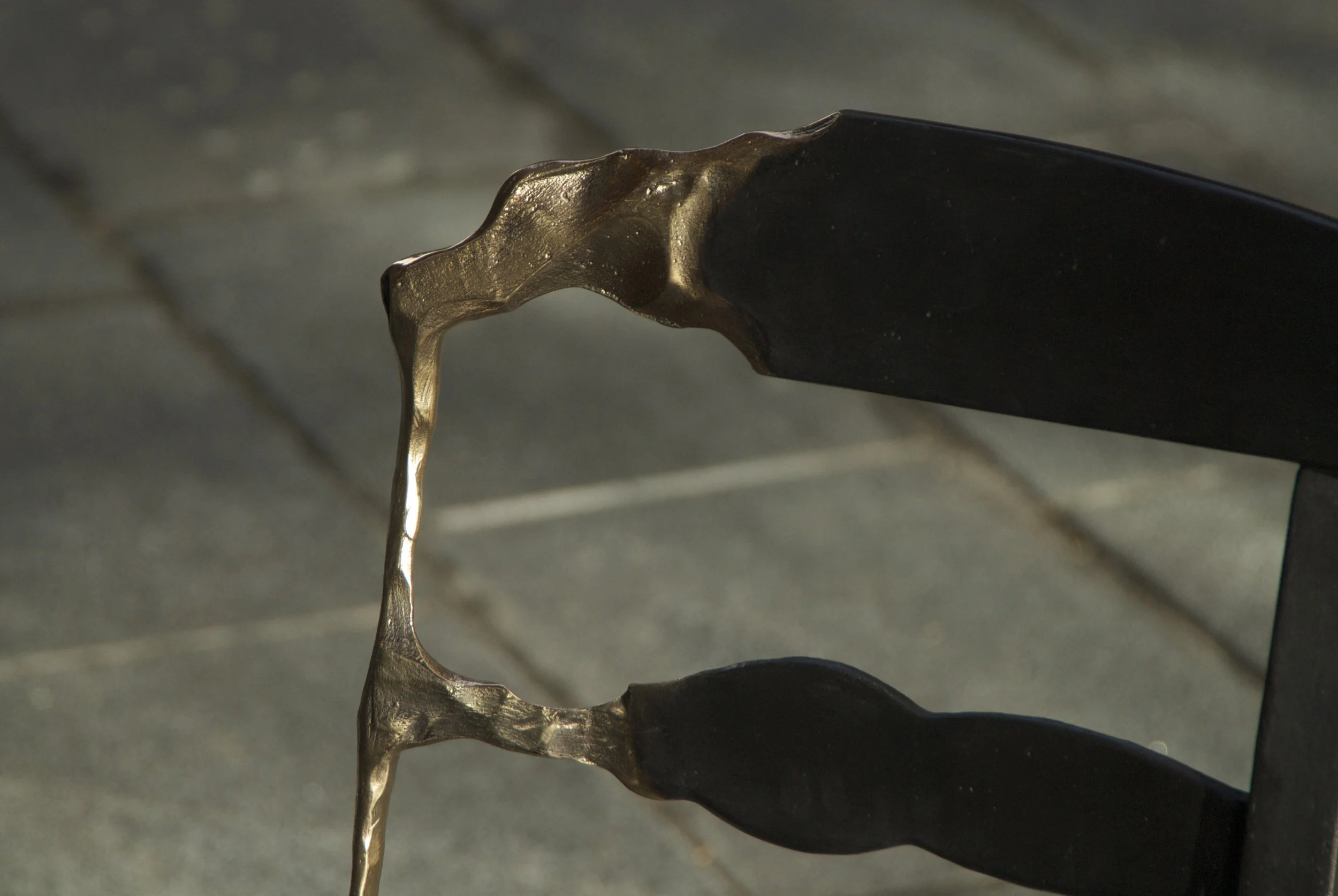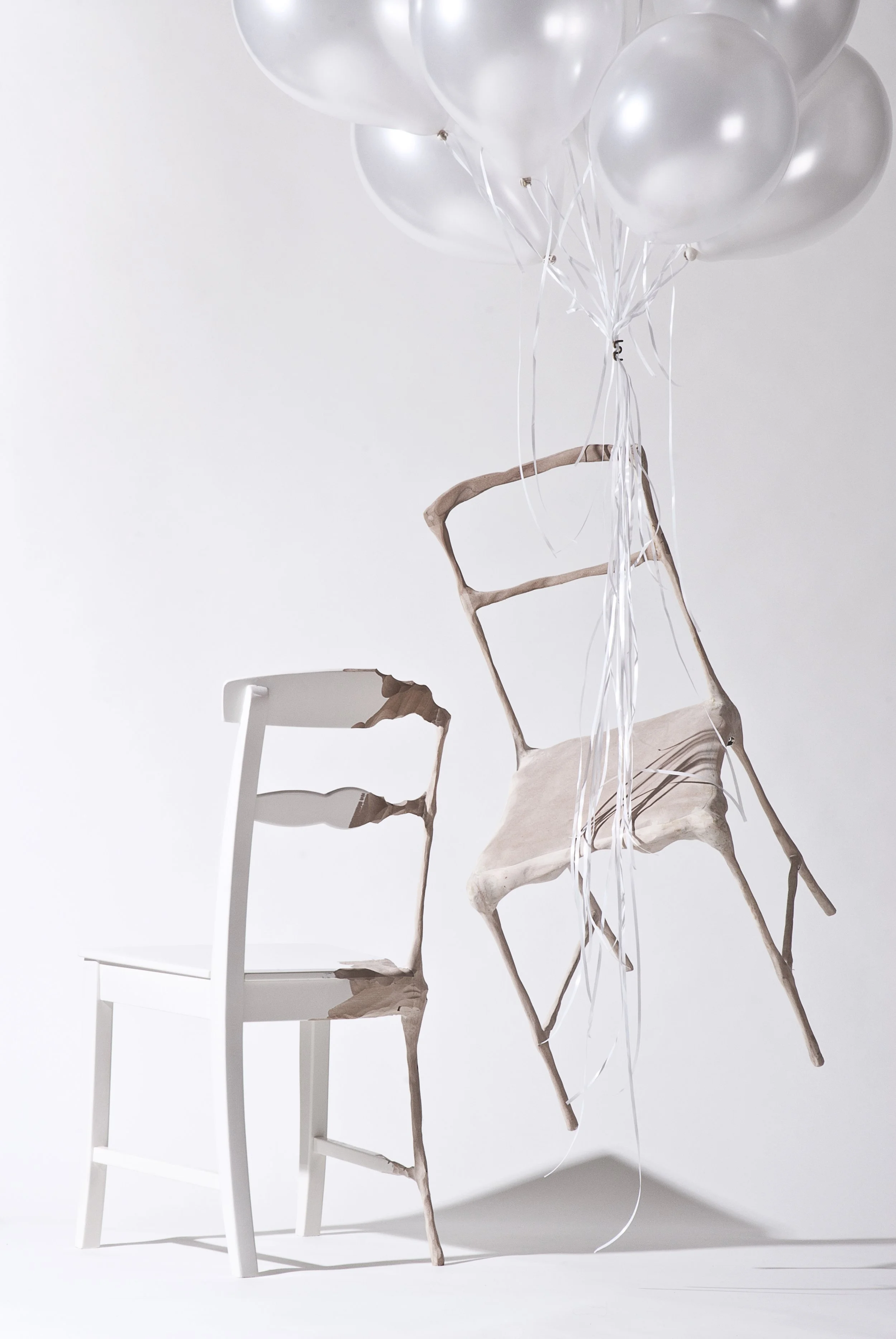





A Skeletal Symbol of Economic Echoes
Recession Chair I
Client
Tjep.
Design
Frank Tjepkema
Production
Bronsgieterij Kemner, Swalmen
A Corner Carved from Economic Shadows
In the grip of the 2011 financial crisis, Tjep. took an IKEA Poäng chair and meticulously sanded down one corner—eroding a single leg and part of the backrest to a whisper-thin skeleton—crafting a poignant emblem of recession's relentless diminishment. This version of the Recession Chair, from Tjep.'s 2011 series, exposes the frame's raw vulnerability, where mass production meets manual subtraction in a critique of fragility.
From Plump to Parred: The Sanding Process
Starting with the everyday IKEA form, Frank Tjepkema sanded one leg and adjacent back support to near-transparency, leaving the rest intact for stark contrast. "Receding is the act of withdrawing and diminishing," Tjep. explains, turning a functional seat into a precarious perch that mirrors society's leaner realities—beautifully broken, yet impossibly balanced.
Echoing Tjep.'s Recession Series
This sanded variant anchors Tjep.'s Recession collection, alongside fully skeletal bronze casts, evolving from the XXL Chair's excess to embrace scarcity. Debuting at Milan Design Week 2011, it invites viewers to ponder: can what's left stand as strong as what was?
Tjep.'s Subtractive Wit in Crisis Design
More than minimalism, this chair is Tjep.'s ironic ode to endurance—like the layered emotions of Clockwork Love or the reborn forms of Chrysalide—proving that in erosion lies unexpected poetry.
Diminishing to Endure
Fragile yet fierce, it shows subtraction can sculpt strength. Explore more of Tjep.'s narrative furniture on Tjep.com, where less inspires more.
